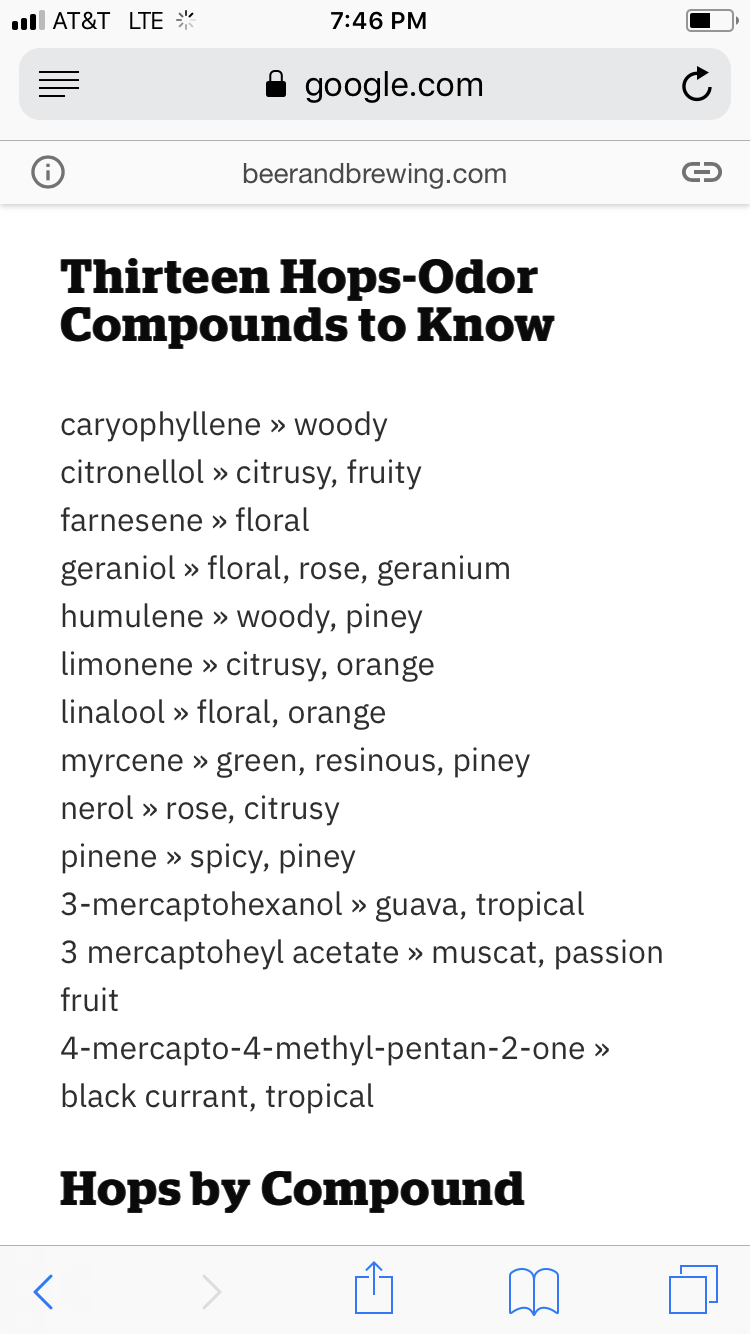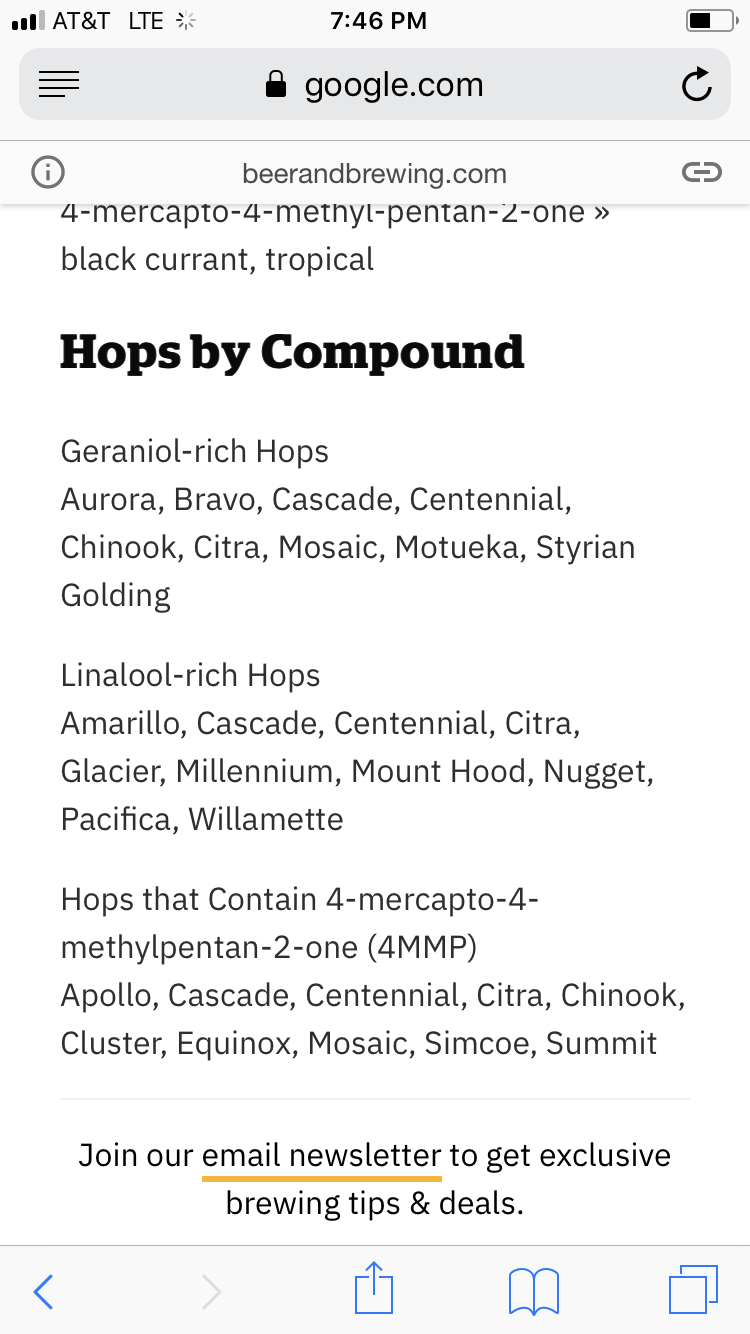marchuk96
If you brew it...they will come!!
Some info from Martin B.... I recommend that calcium chloride is the preferred mineral for chloride additions. Calcium is quite benign in wort (flavorwise) and its also useful in depressing RA. That is a win-win situation. I don't see that benefit from KCl.Here's a link to an analysis of Tree House Julius, and Potassium is very high. I can't speak to how much of it is free and how much is bound though:
http://thirdleapbrew.com/technical/ward-labs-mineral-analysis-of-tree-house-julius/
Potassium is an enigma in brewing. The malt supplies plenty to the wort, yet using a water with high potassium can be problematic. There are resources that report that having more than a minor amount of K in the water can be laxative. Ultimately, the recommendation is that brewers should avoid K at concentrations greater than 10 ppm...
Martin B














![Craft A Brew - Safale BE-256 Yeast - Fermentis - Belgian Ale Dry Yeast - For Belgian & Strong Ales - Ingredients for Home Brewing - Beer Making Supplies - [3 Pack]](https://m.media-amazon.com/images/I/51bcKEwQmWL._SL500_.jpg)













































